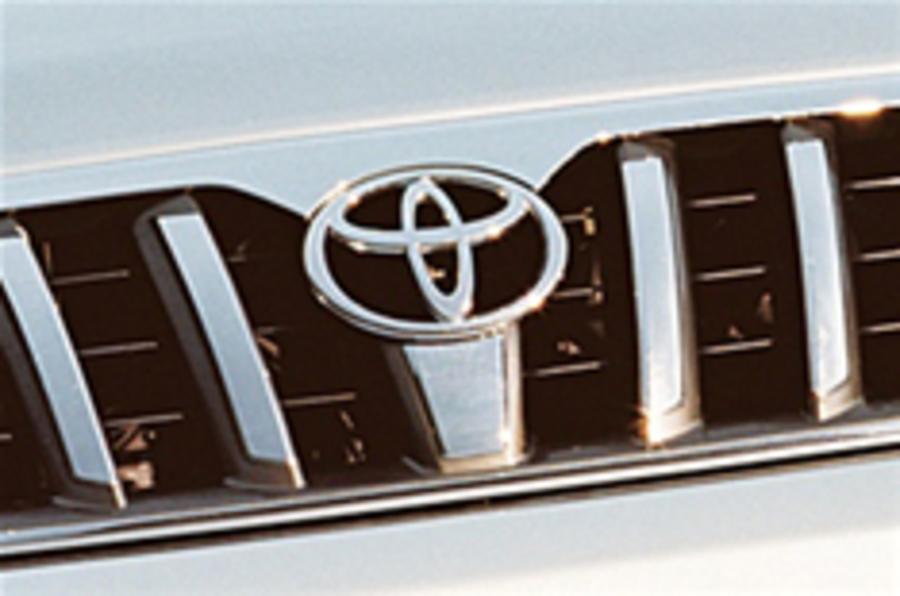So Toyota has overtaken General Motors as the world’s biggest car maker, a position GM had held since 1931.Toyota seems almost invincible at the moment, with soaring profits to match its soaring sales. So will it be another 76 years before we have a different global number one? And could the challenger be Chinese?The challenge is unlikely to come any time soon. Toyota and GM sell around nine million cars each year, with struggling Ford at number three with fewer than seven million.Toyota beat GM in the first three months of this year with 2.35 million sales to GM’s 2.26m. That’s actually a small increase for GM; although its domestic sales are slumping, it is growing and profitable in the rest of the world, particularly the burgeoning Chinese market. But to get back into the black overall, it needs to build cars more profitably, and that means building fewer cars in the short term. Under Rick Wagoner, GM is heading in the right direction, but it won’t make the mistake of chasing the lead Toyota has established.
Can Toyota keep it up?
It is just possible that Toyota will drop the ball, of course. Sales in its home market are stagnant, and its rapid growth elsewhere has been blamed for the drop in its famous quality levels that have resulted in a series of embarrassing recalls. But the firm has unimaginably deep pockets, with 13 times the market capitalisation of GM, and it will simply spend its way out of any trouble it finds itself in.The shortcut to overtaking Toyota is to merge with another big player. This is the most likely source of any challenge to Toyota’s dominance in the next few years. But it would have to be a major merger as Toyota’s sales head north of 10 million units. Ford, Volkswagen, DaimlerChrysler and Renault-Nissan are the next four biggest groups with between five and seven million sales; two of these would need to merge to establish a meaningful lead over Toyota. An alliance with one of the other groups in the top 10 such as Hyundai-Kia or Honda with over 3 million sales a year won’t be enough. Chrysler with its 3 million cars and trucks each year is up for sale, but the buyer is very unlikely to be one of the big car groups. Private equity firms and ambitious car-part suppliers are the most likely buyers, although if it’s the former it could be sold on again before long.
Chinese plans
So what about the Chinese? China is the world’s fastest-growing car consumer but it is a classic, chaotic boom market. There are hundreds of tiny local car makers and almost all the major groups are now present, building cars in the joint ventures the Chinese government demands they form with the bigger, more credible local firms. Of these, SAIC is easily the most significant. Its partnerships with GM and VW are the biggest in China and it has started to buy stakes in Korean firms. The Chinese market will have to consolidate soon and SAIC is perfectly placed to snap up struggling minnows. All the Chinese firms are racing to satisfy local demand now, but as their home market levels out they’ll start to export under their own brands. Along with Nanjing Automotive, SAIC has the rights to the Rover 75 and plans to sell 200,000 in China and 50,000 overseas by 2010. Sure, 50,000 sales of a long-obsolete saloon won’t exactly give Toyota a fright. But it’s only a start; SAIC plans to be the global number six by then, and as it builds more cars under its own brands, using its own technology and at costs Toyota can only dream of, that deliberately over-cautious export target will soon be forgotten. We’re not saying that SAIC will replace Toyota as the world’s biggest car maker, but if it does it won’t take 76 years.






Add your comment